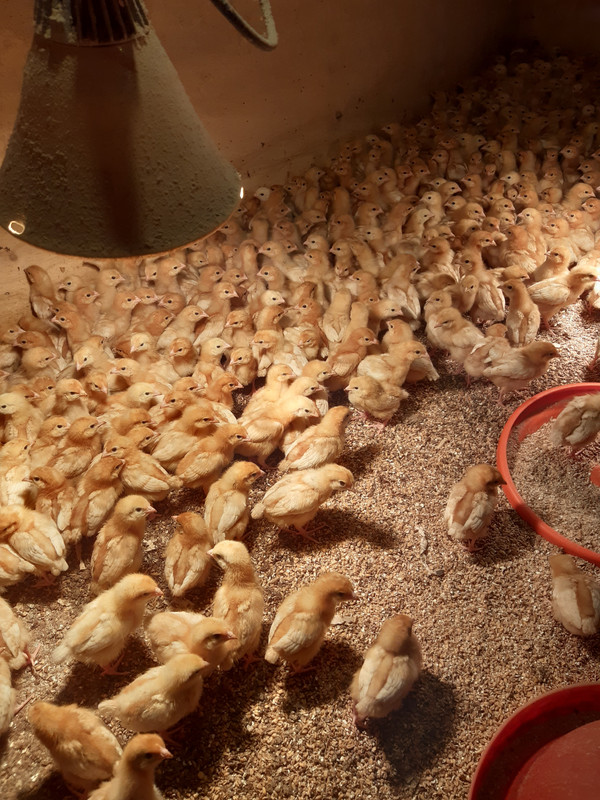Caring For Your Pullets
If you’re interested in owning hens of your own, you’ll need to learn how to care for them. Here we provide all the information you need to raise your new pullets to be strong and healthy egg layers.
Home preparation
It’s important to prepare your pullets' home before their collection date. Follow these five easy steps to learn how.
Make sure your pullets have their own space when they arrive home, they cannot be put with older hens. The phrase 'henpecked' derives from this chicken behaviour.
Place your henhouse in a sunny location away from frosty areas.
Give the henhouse a good clean. It’s important to clean the floor and remove any soil around the doorway to prevent your pullets from falling ill. If this isn’t manageable, placing down a good layer of straw for the first few days will make a great deal of difference.
Make sure they have access to good fresh feed and water.
Have the ability to lock the henhouse.
When they arrive home
The most important step here is to put them in their henhouse straight away. Don’t let them run around.
Keep them locked in their henhouse for the first two days and nights before letting them out to roam. This is how they’ll learn where home is and prevent them from living in the neighbour's garden.
Top up their food and water daily.
Feeding and egg-laying
Once you have your pullets home, you’re unlikely to see any eggs for around 4 weeks from pick-up. Your chicken is a pullet and is still in the growing stages of maturing into a laying hen. You will notice significant changes in your pullets over these weeks, feeding them at this stage will be crucial for both your hen's health and their upcoming egg-laying abilities.
What to feed your pullets up until they are laying eggs: Only feed them top-quality layer mash or pellets until they are laying good-sized eggs.
What to feed your hens once they are laying good-sized eggs: We recommend you feed them around 25% of their daily diet in food scraps. Feeding them any more than this is likely to result in your hens laying less.
Mixing with older hens
If you have older hens that you intend to keep and wish to mix them with your new pullets, the only time to do this is when your pullets have grown into strong healthy hens and are laying large eggs consistently.
When combining two flocks, it’s important to add an additional feeder to the henhouse. Place this away from the other hens so they all get a chance to eat. Keep a close eye on them over the first 48 hours to ensure they’re all eating enough, and fighting is kept to a minimum.
The egg Laying
Hens start to lay eggs when they are ready. The timeframe comes down to several different things.
The speed they settle into their new home.
The quality and amount of food they’re being fed.
External factors can make a huge difference. Loud noises or nearby swinging branches can scare them, causing them to eat less. This will slow both their growth and egg production.
How warm their house is. It's best to keep them away from frosty areas.
The level of light in their henhouse. Bright light is best.
During wintertime hens naturally want to moult. This can slow the process of egg-laying. The best time of year to acquire new hens is from after the shortest day of the year till around march. The other months can be very slow before your pullets start laying.
How happy your hens are. Happy and stress-free hens eat more, resulting in faster growth and better egg production. Stressed hens are susceptible to disease and poor egg-laying.
Happy healthy hens will give you plenty of pleasure and lots of lovely eggs. Place your order today and enjoy them for yourself!
